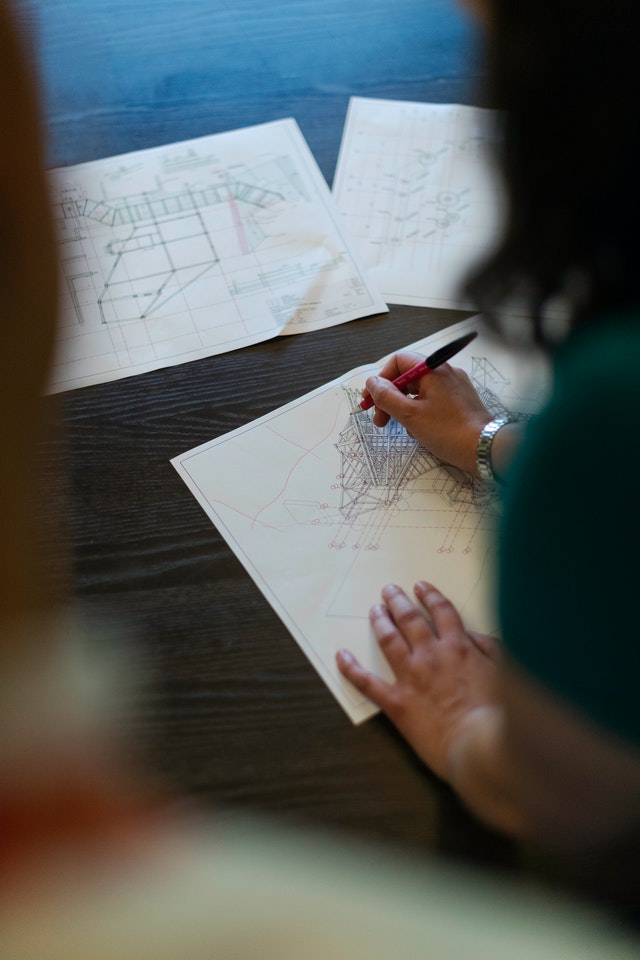Identify Activities Best Suited for Synchronous Sessions
Consider what types of activities make best use of synchronous time. Synchronous class time is often best spent focusing on active engagement with your students rather than time devoted solely to long lectures.
- Identify activities such as lecturing that can be moved to an asynchronous format. You can
record lectures with Panopto on your own computer and then share them with your class for viewing prior to participating in your live sessions.
- Identify activities that make good use of the immediacy and social connections that come with real-time interaction, such as:
- Polling
- Think-Pair-Share
- Minute papers
- Large or small group discussion
- Peer review
- Group work involving
- Brainstorming
- Design thinking
- Problem solving
- Case studies
Staff from the Center for Research on Learning and Teaching at the University of Michigan prepared this
graphic organizer depicting a range of active learning techniques, arranged from simple to more complex.
Tips for Small Group Work in Flex Classes
Map Synchronous Session Activities with Blueprints

In a traditional face-to-face course—and especially in courses you've already taught many times—you may find it possible to run class meetings effectively with minimal advanced planning. Because Flex course technology and teaching practices are new for both you and your students, "winging it" or simply doing what you've always done may be more problematic than you initially realized.
One way you can prepare for the unique constraints and opportunities that come with facilitating a Flex class meeting is by creating a course session blueprint. Creating a blueprint for a class meeting has a variety of benefits.
- It can reduce anxiety you might feel about teaching in an unfamiliar modality, particularly during your first few class meetings.
- It can help you identify software and hardware features you want to test on your own or at a moment during class when the stakes are relatively low.
- It will prompt you to consider how different activities impact both remote and in-person students.
- It will help you divide up class meetings into more discrete segments.
This last point is particularly important. When you transition between different types of activities in a Flex classroom, there may be software settings you'll need to adjust, participation expectations you'll need to clarify, breakout rooms to configure, etc. For example, when you or a student shares their screen during class, students' faces will be harder to see because Zoom will allocate much more (if not all) screen real estate to the content being shared. If you want students to engage in a discussion, you should ideally stop screen sharing during the discussion so students can more easily see their peers. If you're teaching in a Trimodal room, which is equipped with cameras in both the front and back of the room, you'll want to switch to the camera at the front of the room so it shows the students in your classroom.
Breaking down what you'll do during class into 15- to 30-minute chunks may seem a bit tedious at times, but it can go a long way toward ensuring a sense of equity, community, and connection among in-person and remote students. With a plan that identifies key activities, transitions, and related technology considerations, you will find it easier to optimize the learning experience for all students.
Creating Your Blueprint
There are two versions of the course blueprint: one for Flex (bimodal) classes and one for HyFlex (trimodal) courses. The course session blueprint includes columns for mapping out instructor, face-to-face, and remote student tasks. If you're teaching a HyFlex/Trimodal course, another column includes tasks for asynchronous students. In each row, you can map out the principal parts of your class session.
View Example Blueprint (Google Doc)
- Click
File > Download and choose a file type to download to your device for editing.
At the top of each version of the blueprint, there is space to note the class meeting, week or module, class meeting learning outcomes, and pre-class prep that students need to do prior to participating. For help developing learning outcomes, see
Course Objectives and Learning Outcomes on the Teaching Commons.